LG – 22.8 Cu. Ft. French Door Counter-Depth Refrigerator – Stainless steel
Organize groceries in this 22.0 cu. ft. counter-depth LG refrigerator. Its French doors open at eye level, making it easy to find what you need under the LED lights, and two humidity-controlled crisper drawers keep produce fresh.
Additional information
| Dimensions | Product HeightSpecifications Info info |
|---|---|
| Cut-Out Dimensions | Cut-Out HeightSpecifications Info info |
| Capacity | Total Capacity |

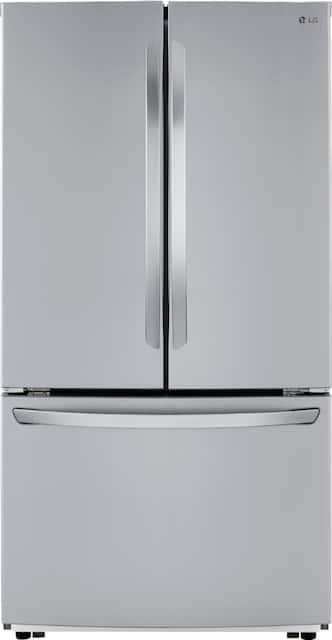
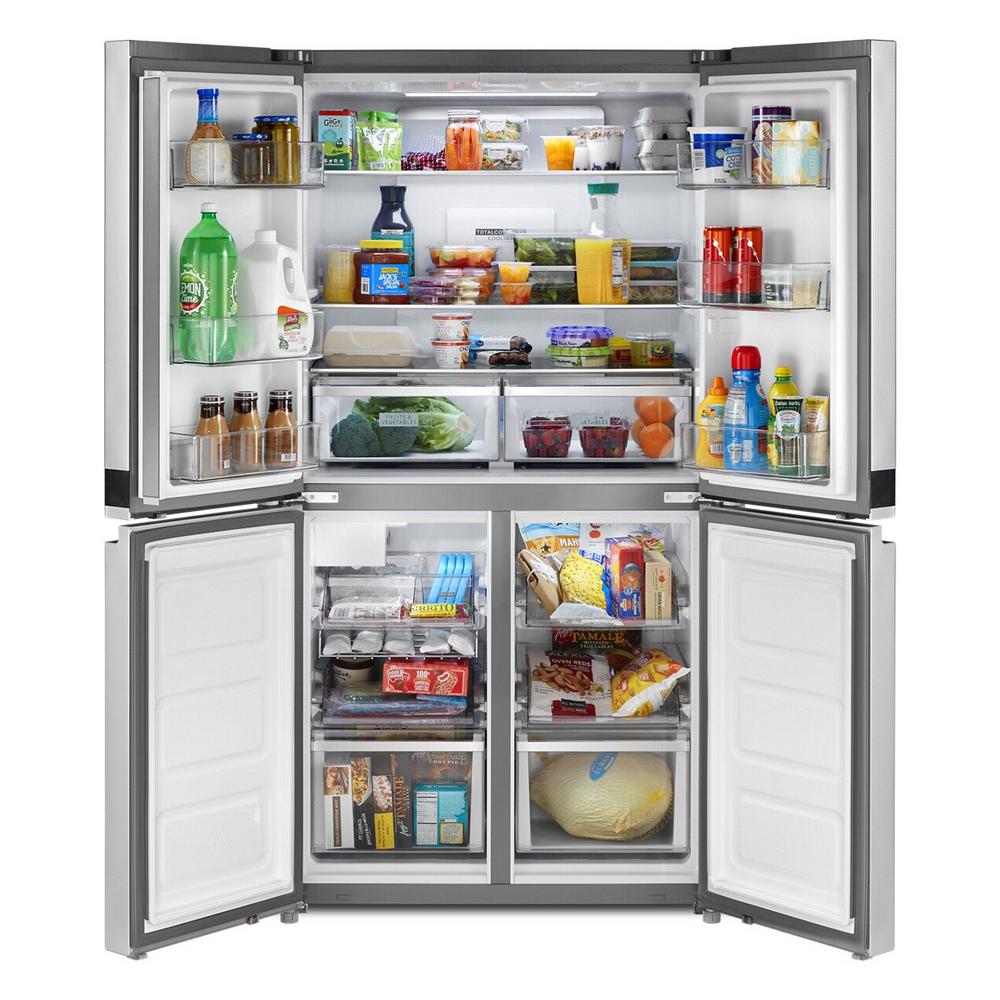
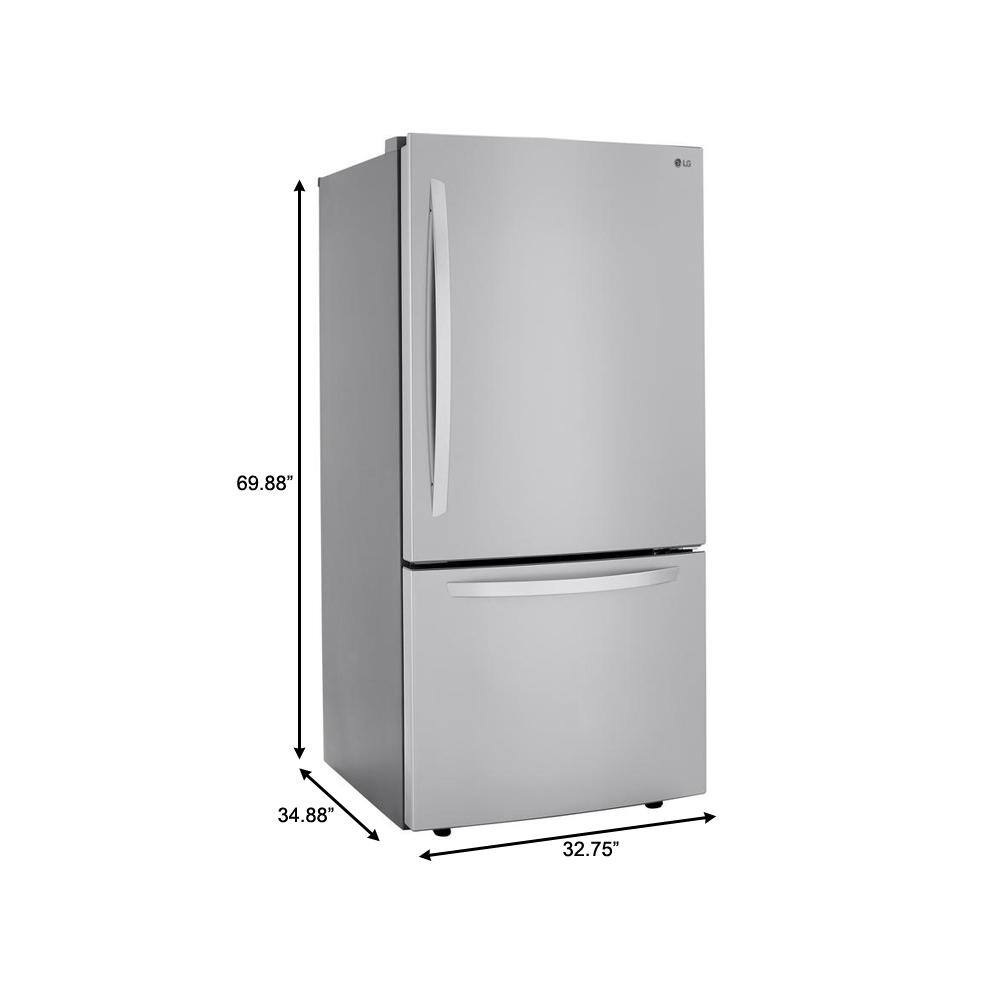
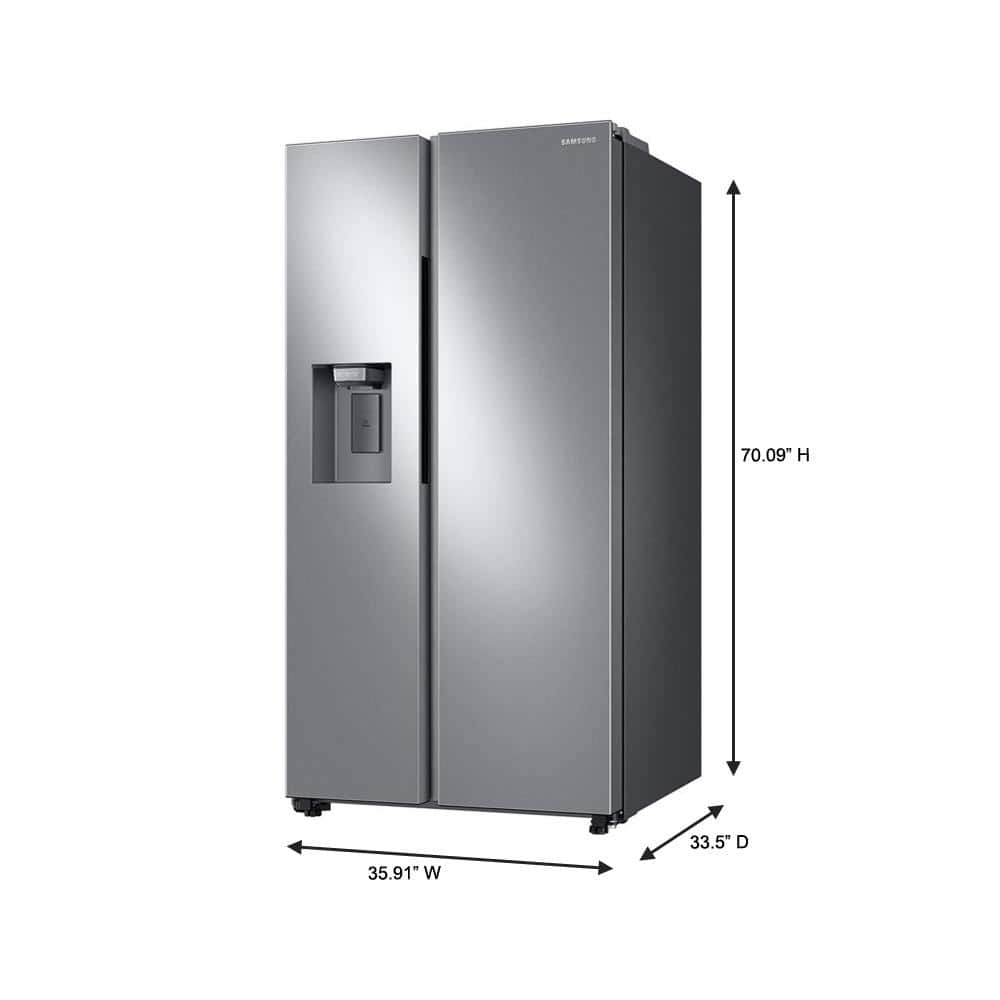
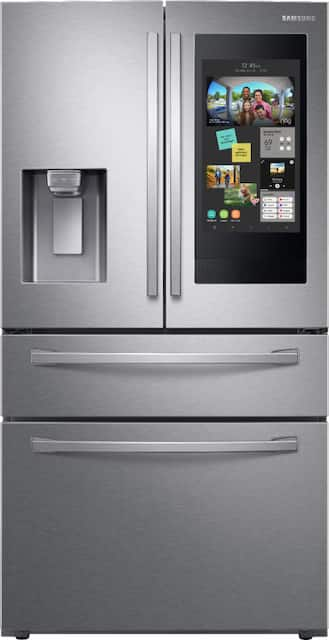
by Sammy
Great fridge in terms of size and capacity. I can store everything with plenty of room to spare
by Lora
Love this, only had a couples now in our Airbnb but so far so good.
by Andrew
the frigid is awesome my wife and love it and the price is great.
by Tracy
like the fridge but I wish I had noticed that you have to open both door to get to the meat tray.
by Carlos
Excellent equipment great look and inside design, improve the area appearance.
by Fridge
This fridge is great! Great design. I am very satisfied with this purchase, and the delivery went smoothly.
by Weise
We are happy with our nw LG refrigerator. We like the feature that it beeps if the doors are not completely closed.